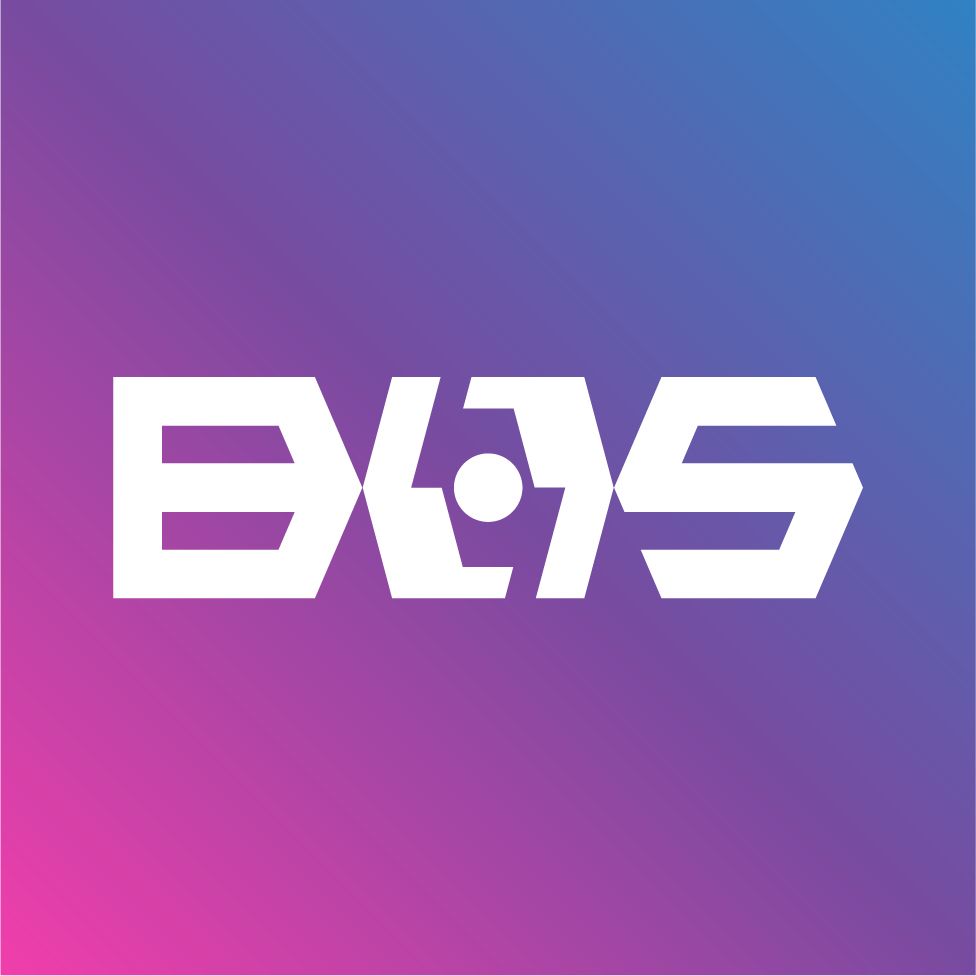427 reads
How to Work With Oracles to Use and Validate Different Financial Data Sets
by
December 7th, 2022
Audio Presented by

The Blockchain Oracle Summit is the only event in the world to focus solely oracles.
About Author
The Blockchain Oracle Summit is the only event in the world to focus solely oracles.